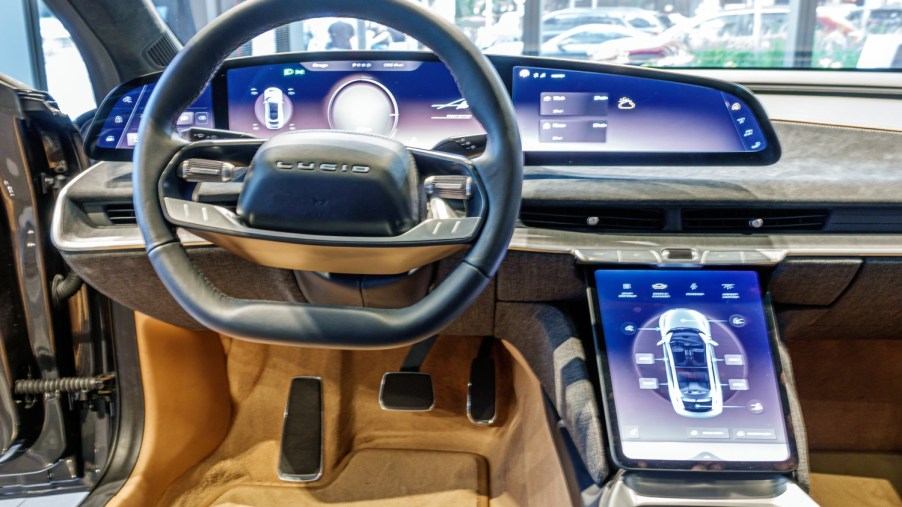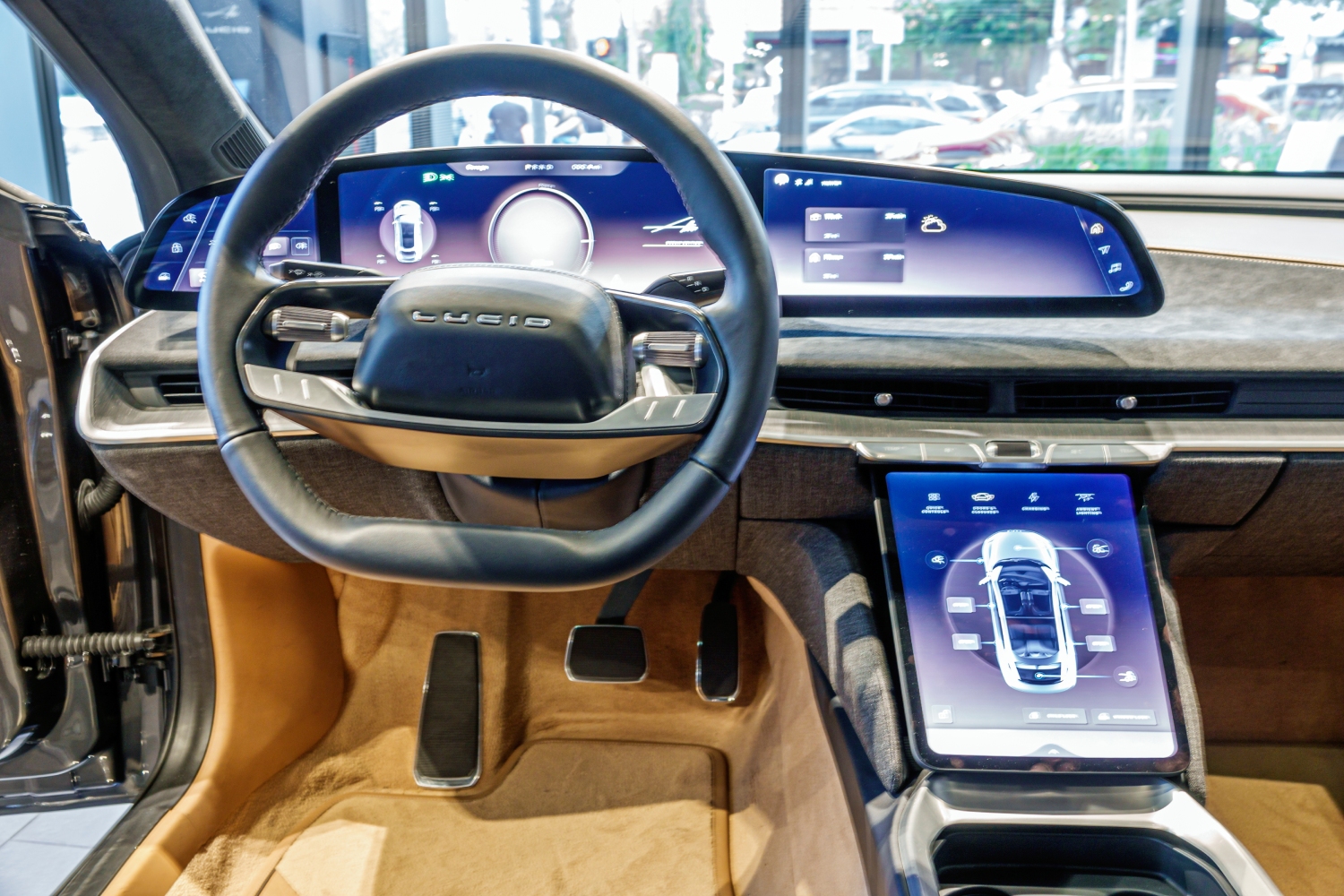
The IIHS Found That Drivers Want Partial Automation for Safer Driving
While some people are interested in fully autonomous cars, a new study shows that not everyone agrees. The Insurance Institute for Highway Safety (IIHS) found that drivers like new vehicle technology, but most prefer some autonomy over full autonomous driving. What else did the survey learn about drivers and car safety?
The IIHS asked drivers about new automation technology and car safety

The IIHS recently surveyed drivers to find out what sort of car safety technology is helpful and what crosses the line. The IIHS says drivers want “partial automation that comes with appropriate safeguards.” While automakers seem to think that the highest level of automation is necessary, that isn’t the case.
Alexandra Mueller helped design this survey to find out more about customer preferences as technology increases in new cars. The Insurance Institute for Highway Safety conducted a nationwide survey of 1,000 drivers that focused on a few key areas. These areas were lane centering, automated lane changing, and driver monitoring.
The organization says that most “partial animation systems” help with highway driving. Lane centering systems, sometimes called lane keep assist (LKA), use the steering wheel to keep the vehicle inside the lines. Adaptive cruise control (ACC) helps manage the vehicle’s speed and keeps it a safe distance away from other cars. Some vehicles might also have a lane-changing feature.
The results of this IIHS study found that drivers like some technology
The Insurance Institute for Highway Safety says that while these systems are helpful, it can’t handle every situation. That means the driver has to remain alert and pay attention at all times in case something goes wrong. Most of these car safety systems use steering wheel or driver-facing sensors to detect if someone isn’t paying attention.
The survey results indicated that drivers are interested in these technologies but prefer the more hands-on approach. Some vehicles, such as Tesla, offer “hands-free” technology, so drivers don’t have to have hands on the steering wheel at all times. Tesla calls this autonomous driving technology “full self-driving.” Respondents noted that partial automation was preferred.
Similar technology exists for lane-changing technology. Some versions allow the vehicle to change lanes without input from the driver. Others require the driver to trigger a lane change. “Drivers overwhelmingly preferred the feature to be driver-initiated,” the IIHS said.
It will take some time for drivers to accept this new tech
There were a lot of different opinions from drivers. Some were OK with more technology and felt safer with it, while some drivers want full control of the vehicle at all times. Some people seemed confused about “partial automation” in a car.
“Many drivers agreed that hands-free lane centering would make driving more stressful than the hands-on version. Those who said they would nevertheless prefer hands-free lane centering were the most accepting of all types of driver monitoring.”
IIHS
As more of this self-driving technology becomes commonplace, it will slowly catch on. Many new vehicles already have some partial driving automation, and drivers might not even know it. Fully autonomous driving is still a few years out, but the technology is on its way.



